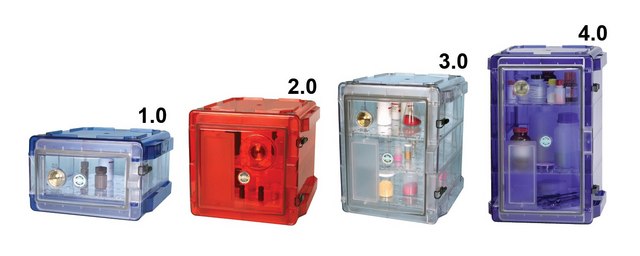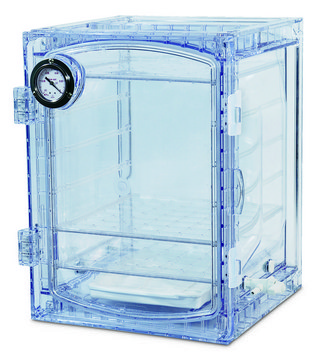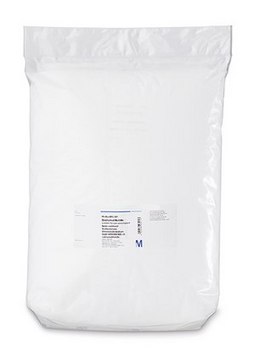632309
Magnesium hydroxide
nanopowder, <100 nm particle size (laser PSA), 99.8% trace metals basis
Sign Into View Organizational & Contract Pricing
All Photos(4)
About This Item
Linear Formula:
Mg(OH)2
CAS Number:
Molecular Weight:
58.32
EC Number:
MDL number:
UNSPSC Code:
12352302
PubChem Substance ID:
NACRES:
NA.23
Recommended Products
Assay
99.8% trace metals basis
form
nanopowder
surface area
94.8 m2/g
particle size
<100 nm (laser PSA)
5.8-20 nm (TEM)
<50 nm (XRD)
mp
350 °C (lit.)
SMILES string
O[Mg]O
InChI
1S/Mg.2H2O/h;2*1H2/q+2;;/p-2
InChI key
VTHJTEIRLNZDEV-UHFFFAOYSA-L
Looking for similar products? Visit Product Comparison Guide
Storage Class Code
13 - Non Combustible Solids
WGK
nwg
Flash Point(F)
Not applicable
Flash Point(C)
Not applicable
Personal Protective Equipment
dust mask type N95 (US), Eyeshields, Gloves
Choose from one of the most recent versions:
Already Own This Product?
Find documentation for the products that you have recently purchased in the Document Library.
Tomohito Kameda et al.
Journal of environmental science and health. Part A, Toxic/hazardous substances & environmental engineering, 48(1), 86-91 (2012-10-04)
A selective catalytic reduction process is generally used to treat NO(x); however, this approach results in the leakage of ammonia and requires expensive catalysts. In light of these issues, the specific objective of this study was to develop a new
Guang Liu et al.
Nanoscale, 5(3), 1074-1081 (2012-12-21)
Highly crumpled graphene nanosheets (GNS) with a BET surface area as high as 1159 m(2) g(-1) was fabricated by a thermal exfoliation method. A systematic investigation was performed on the hydrogen sorption properties of MgH(2)-5 wt% GNS nanocomposites acquired by
Jia Zhang et al.
Journal of hazardous materials, 239-240, 128-134 (2012-09-19)
This paper describes the enhanced Cr(VI)-contaminated soil remediation via a combination of electrokinetics (EK) with a calcined-hydrotalcite-based permeable reactive barrier (PRB). First, this combination proved to be feasible, and remarkably facilitated Cr(VI) remediation in a column test. Then, lightly-to-severely (0.16-1.65
Xiaohong Pan et al.
ACS applied materials & interfaces, 5(3), 1137-1142 (2013-01-11)
Here we reported the antibacterial effect and related mechanism of three nano-Mg(OH)(2) slurries using Escherichia coli as model bacteria. X-ray diffraction (XRD), scanning electron microscopy (SEM) and laser particle size analysis revealed that the as-synthesized Mg(OH)(2)_(MgCl2), Mg(OH)(2)_(MgSO4) and Mg(OH)(2)_(MgO) are
Francys K V Moreira et al.
Carbohydrate polymers, 92(2), 1743-1751 (2013-02-13)
In this paper the mechanical reinforcement of nano-sized brucite, Mg(OH)(2) in a series of bionanocomposite films based on starch was investigated. Brucite nanoplates with an aspect ratio of 9.25 were synthesized by wet precipitation and incorporated into starch matrices at
Our team of scientists has experience in all areas of research including Life Science, Material Science, Chemical Synthesis, Chromatography, Analytical and many others.
Contact Technical Service




